Hey there! This post contains affiliate links to products. We may receive a commission for purchases made through these links. But it never influences our product selection process.
As you’re already familiar with the importance of the ignition system and its switch in your Ford F150, have you ever considered what would happen if the ignition switch went bad?
First, you cannot start your engine without the ignition switch. Furthermore, you’ll experience sudden engine stalling while you’re driving, unwanted electrical disturbances inside the car, and many more.
Therefore, what are the reasons behind the Ford F150 ignition switch problems? It could be a manufacturing defect, wear, and tear, a faulty actuator rod, or a blown fuse.
Do you wish to know more details? Then follow this article that I’ve summarized after intensive research!
Symptoms Of a Faulty Ignition Switch
One thing is certain, the symptoms of a faulty ignition switch will vary depending upon the model year of the Ford. 2013 Ford F150 ignition switch problems might have different symptoms than 2008 Ford ignition switch problems.
Hence, I’ve summarized some common symptoms that every Ford model (2001–2014) is familiar with. They are as follows:
- Engine might not get a smooth start: if you notice that you’re facing difficulties while starting your engine, then the problem might lie inside the ignition switch or the chamber.
- Engine stalling: A faulty ignition switch will allow your car’s engine to stop suddenly in the middle of your driving.
- Faulty electrical components: You’ll also notice certain electrical components inside your Ford such as the radio, lights, or music player suddenly stopped working. Such symptoms are a result of a faulty ignition switch.
- Key will not turn: When you realize that you are unable to turn your key towards the ignition, then you must realize that your ignition switch has gone bad which will require maintenance or a permanent replacement.
Common Problems for Ford F150 Ignition Switch
Like the Honda Accord or Polaris Ranger, Ford F150 also has some significant reasons behind the ignition switch problems. As mentioned earlier, the causes might differ according to the year model and the brand. They are as follows:
- Manufacturing defect
- Wear and tear
- Faults in the electrical connections
- Temperature effect
- Fault fuses
- Fault in the actuator rod
Ford F150 Ignition Switch Problems: Causes and Fixes
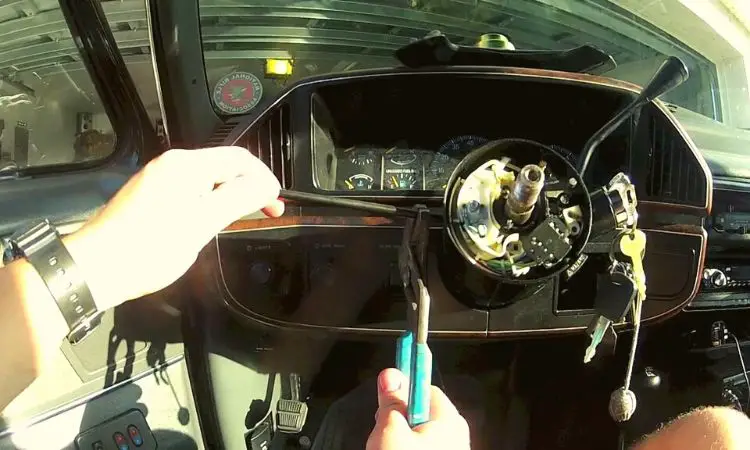
With every problem comes the respective solutions! Additionally, not all solutions will work on your model of Ford F150. Therefore, I’ve managed a table below with the list of problems and their respective solutions.
Your job is to inspect all the possible solutions and find out which one meets your expectations.
| Causes for Ford F150 Ignitions Switch Problems | Solutions |
| Manufacturing defect | Solve the defect if possible or replace the switch |
| Wear and tear | Regularly maintain the switch or replace it if not possible |
| Faults in the electrical connections | Check for any loose connections |
| Temperature effect | Continuously clean the switch to avoid any moisture |
| Faulty fuses | Replace the fuse |
| Fault in the actuator rod | Clean the rod regularly |
Now that you have a generalized idea about the problems and their solutions. It’s time to have a detailed discussion on each of them.
Problem 1: Manufacturing Defect
In general, Ford Motor Company doesn’t get many complaints about any equipment with a manufacturing defect. But, if your ignition switch is having some issues, the first thing you should do is check for any defect which enables the component to malfunction.
Solution 1:
Carefully inspect the ignition switch! Check the voltage level and wiring and if the issue is still not solved, then the switch might have some internal damage. Otherwise, replace it with a new model.
Problem 2: Wear and Tear
Due to excessive mechanical stress, an ignition switch might get damaged temporarily. This might lead to connection failure and the switch will malfunction.
Solution 2:
A good practice will be to regularly check the switch’s condition and if you find some wear and tears, fix it if possible or else you might have to replace it.
Problem 3: Faults in The Electrical Connection
Sometimes, due to loose connections within the switch, it doesn’t get the expected operating voltage which might lead you to think that your ignition switch has gone bad.
Solution 3:
Open the switch and carefully examine all its related connections. If there are any loose ends, carefully tighten them and check whether your switch is working now or not.
Problem 4: Temperature Effect
The extreme temperature within the car moisturizes the ignition switch which might lead to a short circuit inside it and forces it to malfunction.
Solution 4:
To avoid such short circuits, a Ford owner should regularly clean the ignition switch compartment and the switch itself.
Problem 5: Faulty Fuses
To protect the ignition switch, safety equipment like fuses is installed inside the compartment. If the fuse is blown, the circuit is incomplete, and your ignition switch will not work.
Note: A fuse consists of a thin metal wire with a low melting point. In case of large currents, the wire melts and disconnects the circuit thus protecting the circuit from fire hazards.
Solution 5:
Locate the fuse and check whether the thin wire inside the fuse is blown or not. If it’s blown, you must replace the fuse with a new one and reset the whole circuit.
Problem 6: Fault in The Actuator Rod
The actuator rod is another component of the Ford that acts as the joint between the ignition cylinder and the switch (more will be discussed later). If the rod is damaged, it will cause the ignition switch to malfunction.
Moreover, faulty actuator rods will lead to symptoms such as the key getting stuck in the ignition or not turning towards it.
Solution 6:
Inspect the actuator rod and look for any physical damage. If you need to replace one, I suggest calling a professional mechanic to do it for you.
Ford F150 Ignition Switch Replacement
You might’ve noticed that some solution to the Ford ignition switch problem is to replace the older switch with a new one. That’s why I often face questions like, how to replace the ignition switch 1989 Ford F150 or the 2011 Ford F150?
Hence, I’ve also managed a guideline that you can follow to replace a faulty ignition switch from your Ford:
- Remove all the wires from the battery to avoid any electric shocks while you’re working.
- Now, unscrew all the screws to remove the downward panel of the steering wheel.
- Remove the steering wheel’s hood to locate the switch.
- Remove all the necessary wiring and bring out the faulty switch.
- Now, reattach the new switch.
- Connect all the wires and the battery.
- Start your engine and observe whether the switch is working or not.
- If you get the green signal, the replacement task is complete.
For your convenience, here is a link to a YouTube video I have attached below. Watch the video carefully and perform your tasks accordingly.
For similar problems with other models such as Honda Accord, you can also pay a visit to its ignition switch problems and replacement.
Consider the fact that you don’t want to take all these hassles on your own and wish to hire a professional. The total cost of replacing an ignition switch is between $80 to $200.
The price of an ignition switch will normally take between $12 to $80, and the labor cost will range from $60 to $180. Based on your budget, you can hire a mechanic closest to you to replace your Ford’s ignition switch.
Here are some mentionable models of the ignition switch in between the stated price range:
Ford F150 Ignition Switch Actuator Rod
As mentioned earlier, the actuator rod is the connection between the engine cylinder and the switch. When the driver turns the key to the ignition, the rod sends an electrical signal to the motor which then starts the engine.
Therefore, one must maintain the quality of the actuator rod or otherwise, it will lead to a faulty ignition switch. In case you need to replace an actuator rod, I will prefer the Dorman actuator rod with reliable Ford compatibility and comparatively cheap prices.
Ford F150 Ignition Switch Locked
As for models like the 2011 or 2013 Ford F150 ignition switch problems, there might be several other reasons for the ignition switch to get locked.
They are as follows:
- Worn-out key: Sometimes the worn-out or rusted key of your Ford prevents it from turning to the ignition. I’d suggest applying some lubricants to the key that might make it easy to turn it towards the ignition.
- Steering Wheel lock: On occasion, the steering wheel may become stuck, making it impossible to turn. Try gently turning the steering wheel back and forth while attempting to turn the key in the ignition switch.
Ford F150 Ignition Switch Wiring Diagram
As I’ve already mentioned that while replacing an ignition switch, you must remove all the necessary wirings and disconnect the battery. That’s why I’ve included a wiring diagram that can guide you to all the components to which an ignition switch is connected.

As you can see from the diagram, the ignition switch is connected to the battery, a starter solenoid, motor and grounded for safety. While you replace the switch, make sure to disconnect all these components first and then get to work.
Ford F150 Ignition Switch Fuse Location
Consider the fact that you think that the reason for your 2008 Ford F150 ignition switch problems might be a blown fuse. Do you know how to locate a fuse?
The right fuse location for the ignition switch might differ according to the models of the Ford. But F150s have two main fuse boxes located inside the car.
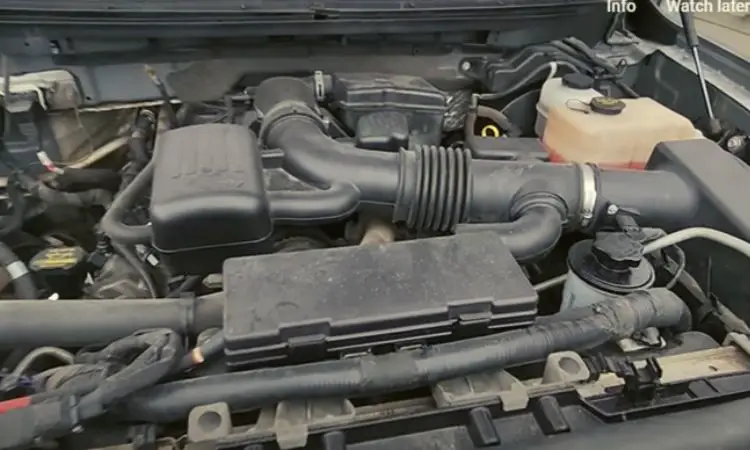
In the diagram above, you’ll see the location of the main fuse box, which is at the front hood of the car. Once you open the cover of the fuse box, you’ll notice fuse diagrams that can help you locate your ignition switch fuse.
Other than that, the second fuse box is located under the passenger seat of the front row (as you can see from the diagram below). Check the user’s manual and locate the fuse number of your ignition switch and then locate the location according to that number.
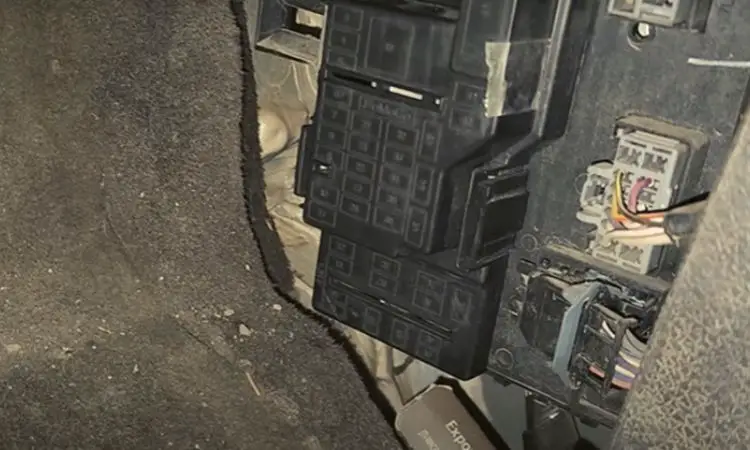
Ford F150 Ignition Switch Recall
Ford Motor Company had its first recall in the year 1996 when they announced the safety recall and promised the drivers to replace the ignition switch between the models 1988 to 1993.
There had been fire hazards with the ignition switches in these models and reports have found that almost 2000 fire incidents were causing at least 28 minor injuries.
Frequently Asked Questions (FAQs):
Can a blown fuse be responsible for my faulty ignition switch?
Yes, a blown fuse enables an open circuit connection in the wirings. Therefore, the ignition switch will not function unless you replace the fuse.
Is it safe to drive with a faulty ignition switch on a Ford F150?
A faulty ignition switch can lead to engine stalling which means a sudden stop of the engine in the middle of driving. In addition to that, sudden accidents can occur. Though it is possible to drive with a faulty ignition switch, I will recommend it because it raises a safety concern.
What is the average lifespan of an ignition switch?
An ignition switch, if maintained and cleaned daily, will serve you up to 50000 to 100000 miles. After that, I recommend that you change it immediately.
Can we bypass the 1997 Ford F150 ignition switch problems?
Yes! You can bypass the ignition switch with the help of a button and some wires. But I will not suggest taking such a harsh step as bypassing the ignition switch is extremely dangerous.
Conclusion
Therefore, Ford F150 ignition switch problems have several reasons. But, not to fear, I have provided all the solutions so that you’ll have no problem troubleshooting your Ford model ignition switch.
The key thing is to clean and maintain the switch, and it will essentially serve you long mileage.



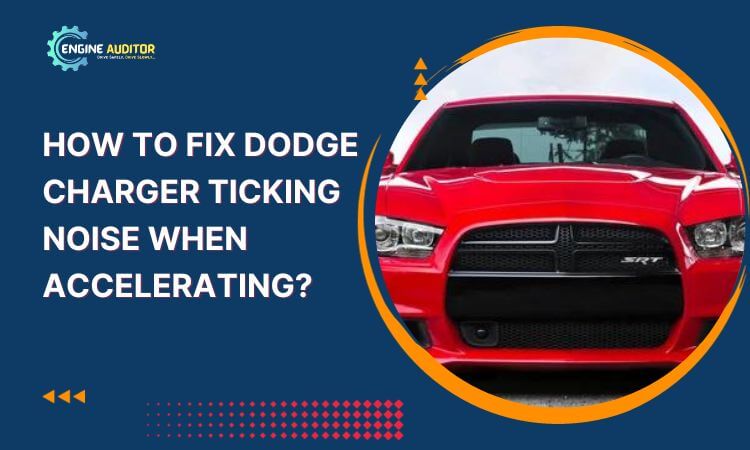
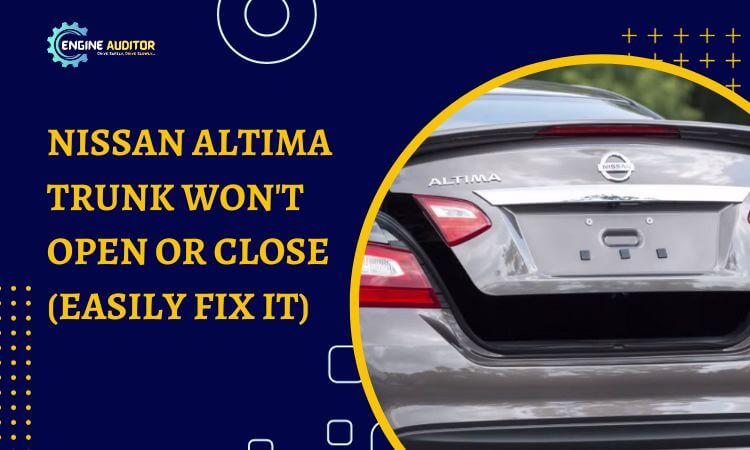
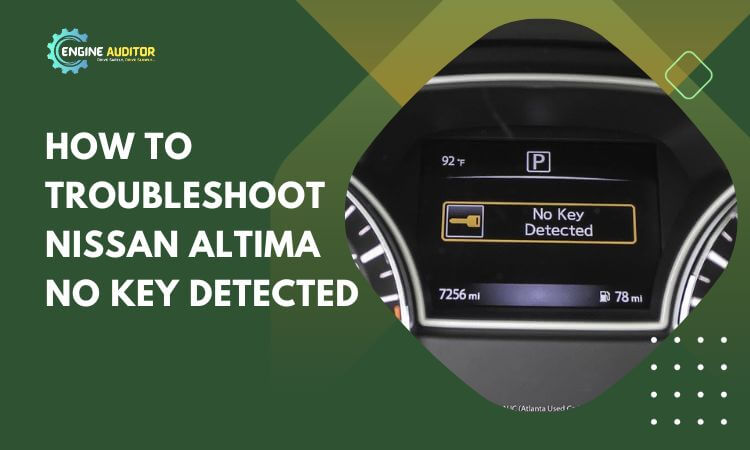
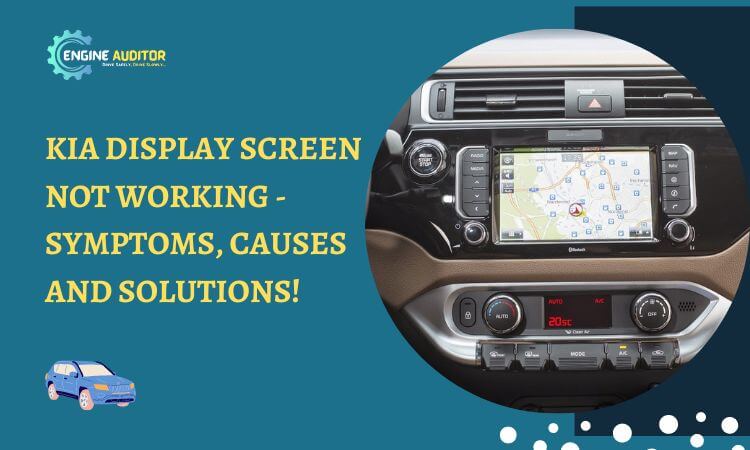
Nice article, very thorough and clearly presented. Hard to find these days especially for older vehicles. Thank You John (1991 F150 XLT Lariat, 5.8L EFI, 4EOD)